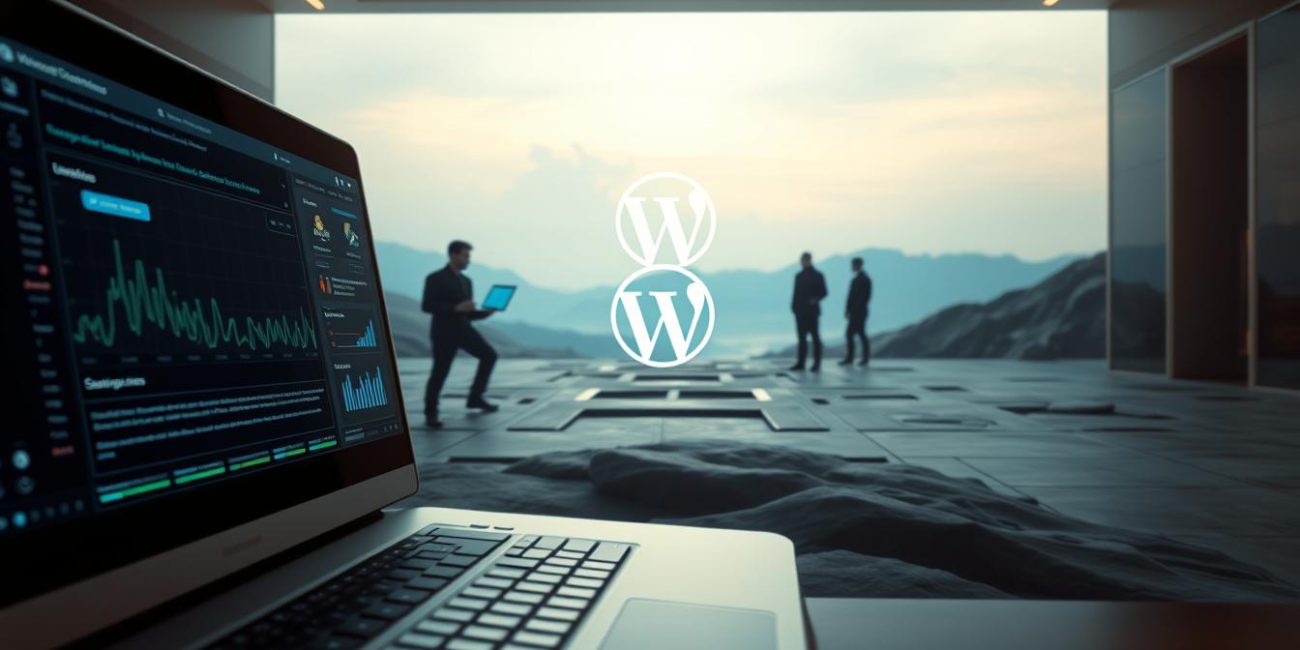In 2025, WordPress security is very important for website owners. Cyber threats are getting smarter. So, keeping your WordPress website safe is a must.
This guide will show you how to make your site safer. By using these WordPress security tips, you can lower the chance of your site getting hacked.
Key Takeaways
- Understand the importance of WordPress security in 2025
- Learn how to implement a robust security framework for your site
- Discover essential WordPress security tips to protect your website
- Follow a step-by-step guide to secure your WordPress website
- Enhance your online security and protect your site from cyber threats
Essential WordPress Security Fundamentals for 2025
Securing your WordPress site is very important today. As a site owner, knowing the current threats is key. It helps protect your online space.
Current Security Threats Targeting WordPress Sites
WordPress sites are often attacked by hackers. They face threats like malware injections, brute force attacks, and vulnerabilities in outdated plugins and themes. Over 90% of WordPress sites are at risk because of old components.
Setting Up Your Security Foundation
Creating a secure WordPress site starts with basic steps. Make sure your WordPress core, themes, and plugins are always up-to-date. This keeps your site safe.
Also, use strong, unique passwords for all accounts. This helps prevent unauthorized access. These steps help protect your WordPress site from threats.
How to Secure Your WordPress Website Step by Step in 2025
Securing your WordPress site is very important in 2025. Cyber threats are getting smarter. You need many layers of protection to keep your site safe from attacks.
Installing and Configuring Security Plugins
Start by installing security plugins. Plugins like Wordfence and Sucuri help a lot. They scan for malware, protect logins, and set up firewalls.
Choose a plugin that is well-known and works with your WordPress version.
Strengthening Login Security and User Management
Make your login more secure. Use two-factor authentication (2FA) for extra safety. Also, limit login tries and use strong passwords.
Check user roles and permissions often. This makes sure users can only do what they need to.
Hardening WordPress Core Files and Database
Secure WordPress core files and database. Keep WordPress and plugins updated. Remove unused themes and plugins.
Change the database prefix and make regular backups. This helps you recover fast if your site gets hacked.
Implementing SSL and Firewall Protection
Use SSL encryption to keep data safe. A web application firewall (WAF) also helps. Many hosts offer SSL and WAF as part of their service.
| Security Measure | Description | Benefits |
|---|---|---|
| Security Plugins | Install plugins like Wordfence and Sucuri | Malware scanning, login protection, firewall |
| 2FA | Implement two-factor authentication | Extra layer of security for logins |
| SSL Encryption | Secure data transmission | Protects visitor data, improves trust |
| WAF | Web Application Firewall | Protects against common web exploits |
By following these steps, you can make your WordPress site much safer. Always check and update your site to stay safe from threats.
“Security is not a product, but a process.” – Bruce Schneier
Maintaining and Monitoring Your WordPress Security
Keeping your WordPress site safe means watching it closely and fixing things often. This is key to stopping new threats and keeping your site safe.
Creating a Regular Security Maintenance Schedule
Make a plan to keep your WordPress site safe. This plan should include updates, backups, and security checks. Doing this helps find problems early.
- Update WordPress core, themes, and plugins regularly
- Perform daily backups of your site
- Conduct weekly security scans
Developing a Security Breach Recovery Plan
Even with good care, a security breach can happen. It’s important to have a plan ready. This plan helps fix things fast and keeps your site safe.
| Step | Description |
|---|---|
| 1. Identify the breach | Determine the cause and extent of the breach |
| 2. Contain the breach | Take immediate action to prevent further damage |
| 3. Restore from backup | Use your most recent backup to restore your site |
Protecting Your WordPress Site: A Summary
Keeping your WordPress site safe is a big job. It needs careful work and regular checks. By following this guide, you can make your site much safer.
It’s key to use security plugins and make login security strong. Also, protect your core files and use SSL and firewalls. Keeping an eye on your site’s security is very important.
Being careful and active helps keep your WordPress site safe. It’s a job that never stops, but with the right tools and knowledge, you can keep your site safe.
FAQ
What are the most common security threats to WordPress sites in 2025?
WordPress sites in 2025 will face malware, phishing, and brute-force login attempts. Knowing these threats helps protect your site.
How often should I update my WordPress core, themes, and plugins?
Update your WordPress core, themes, and plugins as soon as updates are available. This prevents vulnerabilities.
What is the best way to create strong passwords for my WordPress site?
Make strong passwords with letters, numbers, and special characters. Using a password manager is also a good idea.
How do I install and configure a security plugin for my WordPress site?
Get a security plugin from the WordPress directory. Then, follow the plugin’s instructions to set it up.
What is SSL, and why is it important for my WordPress site?
SSL encrypts data between your site and visitors. It protects sensitive info and builds trust.
How can I develop a security breach recovery plan for my WordPress site?
Create a plan by outlining steps for a breach. This includes containing it, assessing damage, and restoring from backups.
What is the importance of regular security maintenance for my WordPress site?
Regular maintenance like updates, backups, and scans prevents breaches. It keeps your site secure.
How do I implement firewall protection for my WordPress site?
Use a web application firewall (WAF) to block bad traffic. This protects your site from attacks.





